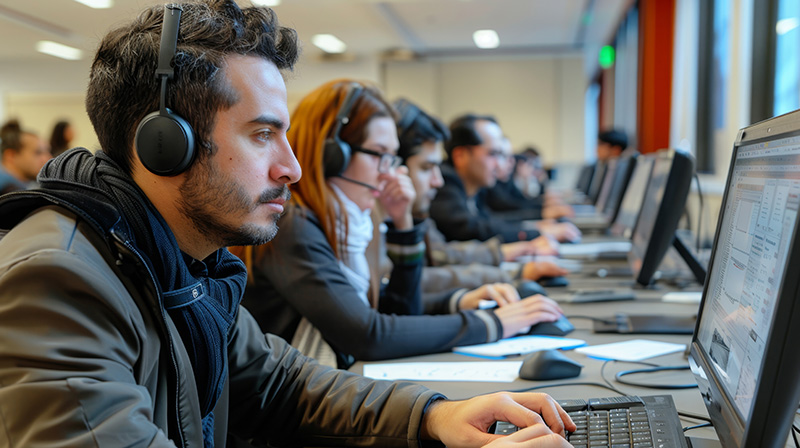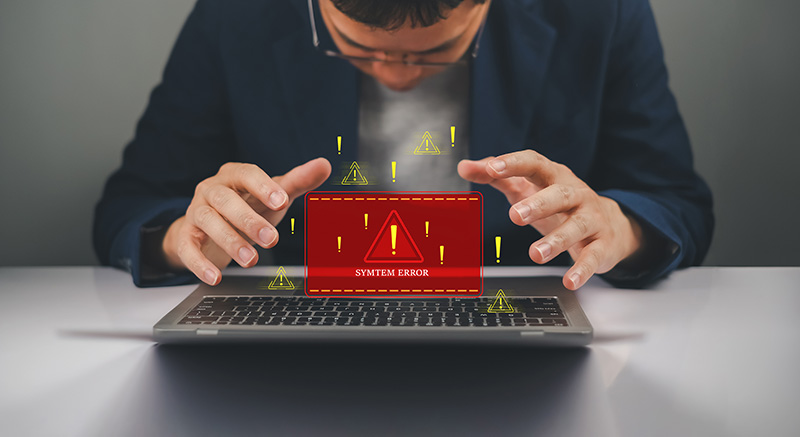To a lot of people, virtual reality is just some far-off technology saved for sophisticated gamers and tech enthusiasts. Normal people have no tie to it, they don’t see any practical use for it, and they can’t really imagine themselves exploring virtual reality on a consistent basis. Yeah, sure… they may want to try it out one day, but when it comes down to it, virtual reality isn’t as real life for the general public as many people originally assumed it would be.
Will it get there eventually, though? It’s a possibility. But in all likelihood, the one place virtual reality will probably make the largest impact – even more so than the gaming world – is within the business realm.
Virtual reality is already impacting businesses in a variety of ways, and it appears to be doing a lot of good – leading to new standards, ways of thinking, and business models. And whether or not you believe virtual reality to be practical, you can’t deny how exciting it is and potentially engaging it can be. Here are just a few of the ways virtual reality is trying to change the business world for the better.
Training
Once you have the gear and the applications set in place, virtual reality can become one of the most cost-effective ways to train new employees. But for occupations involving dangerous equipment or situations, cost-efficiency is not the only benefit. Factory workers can learn how to operate oversized and hazardous equipment without ever putting themselves in harm’s way, and police officers can understand how to maneuver through tricky situations before they are forced to face them in real life.
Meetings
Hearing someone on the phone… watching someone on a screen… these interactions will always produce a different experience than if you were in the same room as that person – and, usually, this experience is less impactful and not as informative. But unfortunately, in-person meetings can’t always be achieved. Thanks to virtual reality, though, this reality is changing. Now people can sit in the same room as their coworkers despite their current geographical location – whether they’re down the hall from each other or in separate countries and whether it’s for a Monday morning meeting, quarterly business conference, or new employee interview.
Education
Virtual reality is great because it’s immersive. It’s the difference between seeing something on a computer screen and physically walking around that same image. Companies have started to use this level of immersion to educate consumers and to help them make better purchasing decisions. For example, Lowes is testing out an in-store virtual reality hub where customers can bring their dream kitchens to fruition before making the investment. Instead of just designing a kitchen on the computer, a customer can design a kitchen and then build it with a pair of virtual reality goggles. Once the kitchen is built, they can walk around the design concept and get an actual feel for something that could potentially cost up to $20,000.




